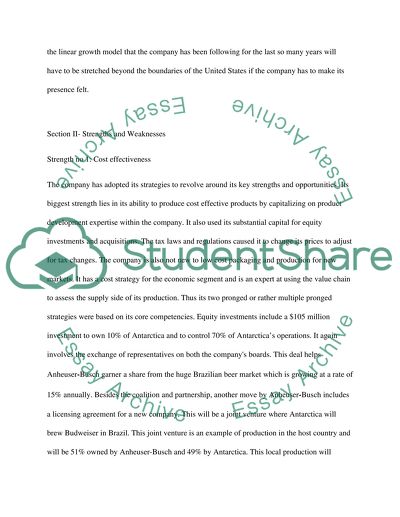Cite this document
(“Anheuser Busch SWOT Analysis Essay Example | Topics and Well Written Essays - 1250 words”, n.d.)
Retrieved from https://studentshare.org/environmental-studies/1422893-anheuser-busch-swot-analysis
Retrieved from https://studentshare.org/environmental-studies/1422893-anheuser-busch-swot-analysis
(Anheuser Busch SWOT Analysis Essay Example | Topics and Well Written Essays - 1250 Words)
https://studentshare.org/environmental-studies/1422893-anheuser-busch-swot-analysis.
https://studentshare.org/environmental-studies/1422893-anheuser-busch-swot-analysis.
“Anheuser Busch SWOT Analysis Essay Example | Topics and Well Written Essays - 1250 Words”, n.d. https://studentshare.org/environmental-studies/1422893-anheuser-busch-swot-analysis.


